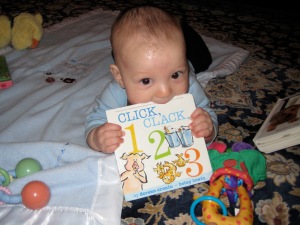Let’s be honest: taking critique can be tough. It’s something every writer needs to learn how to handle, and it only happens with experience.
Sometimes I go in to a critique knowing that there’s something—an exchange of dialogue, a transition, rushed action—I need to work on. It’s encouraging when readers agree it’s an issue without my prompting them. I trust myself as a writer more because I’ve identified a valid problem. Simply hearing my readers put the problem into their own words can get me closer to a solution than I would have reached on my own.
Other times, I learn that readers aren’t connecting to the part of the work that means the most to me, or that they don’t understand what the piece is trying to be about. That stinks, but when I accept it, it always makes the piece stronger.
There are two important things I’ve learned recently:
- You can recognize the issue a critique presents, without agreeing with the proposed solution.
- Sometimes the reader isn’t the right one for your piece.
Some of my critiques have given me great ideas for how to remedy issues in my manuscript. Others have clarified where the problems lay and I’ve decided not to use the suggested solutions, because they were not aligned with the larger purpose of the novel.
This is not a decision that can be made emotionally or reactively. It’s not about whether or not the critiquer was “right”—it’s about what best serves the novel.
I usually still change something, since there was something disengaged the reader. It may be a sign that I need to rethink what I believe the novel is trying to be about.
The farther I get into my current novel, the more I understand what it is—not just what I want it to be. In the years I’ve been working on this manuscript, some elements have stayed the same, but become sharper. Others have changed dramatically. The more willing I am to let go and let the thing move on its own, the faster I make progress toward a more cohesive and more engaging novel.
As far as point 2, consider that my novel falls into the category of “foodie fiction.” Early on, I had a reader suggest I cut a scene in which the main character is cooking a meal. This reader thought the scene went on too long and wasn’t important for the rest of the story. In fact, it is a pivotal scene in establishing the character, and one I’ve gotten good feedback on from my first round of submissions.
Was the scene not right for my novel? No, the novel wasn’t right for that reader. And that’s okay. It wasn’t the kind of thing he’d read before, and he didn’t connect with it. That doesn’t mean much of anything other than that.
By learning to make better use of critique, I am gaining confidence in my ability to identify and fix issues in my writing. My novel doesn’t need to be for everyone. It does, however, need to be the best version of itself for its audience.



